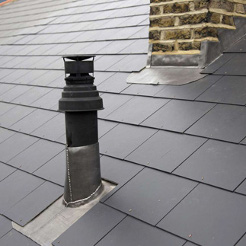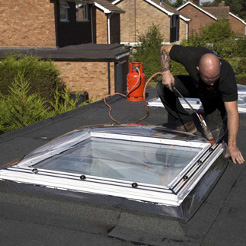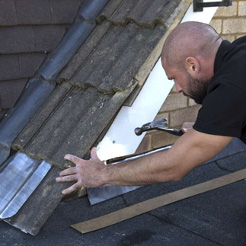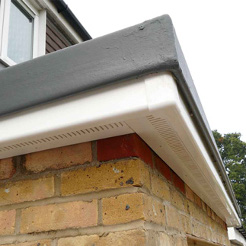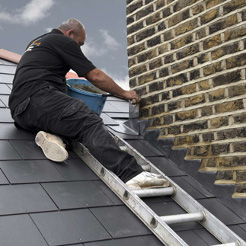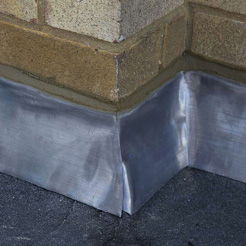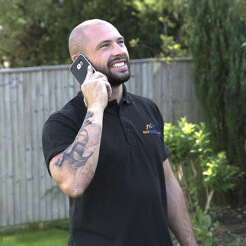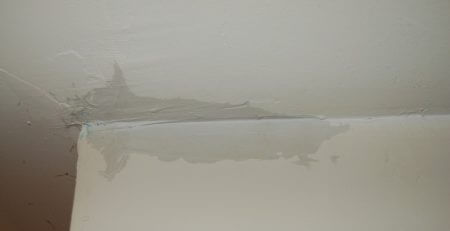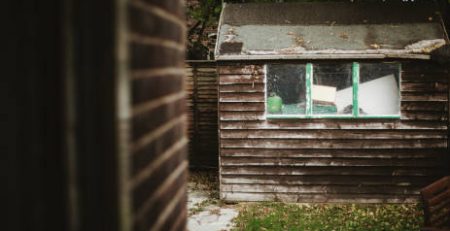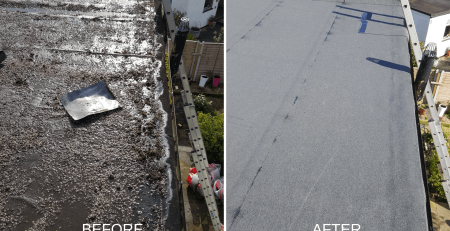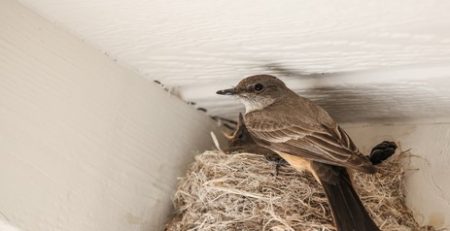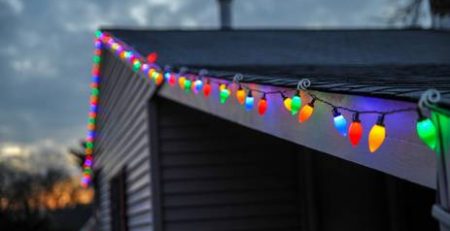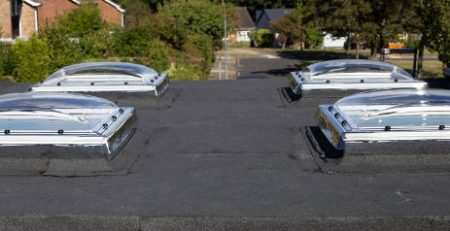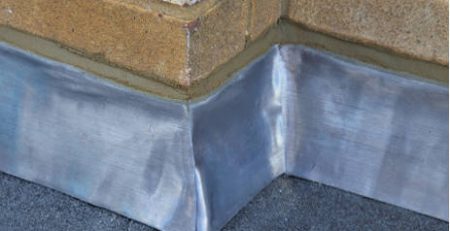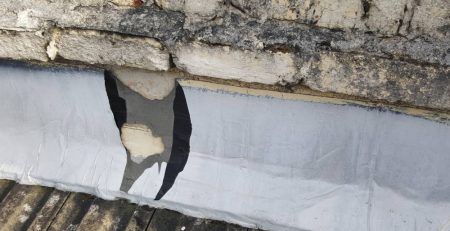With winter well underway, the inevitable conversations about whether it would be a white Christmas started a while ago. We all tend to enjoy that first flurry, but irritation creeps in for some of us as train journeys are delayed, pipes freeze, and driving conditions become a little treacherous.
To add to your woes, do friends ask how your flat roof is faring under the weight of all the snow? This is one of the common misconceptions (along with the idea they leak more easily) that we hear regularly. But fear not, if your flat roof has been professionally installed by a highly-skilled team you shouldn’t experience any problems. Given the time of year, we thought we’d share some of our expertise on dealing with snow on flat roofs this month so that you’re armed with information about how to cope with snow ahead of this winter’s big freeze.
Are flat roofs vulnerable to snow and ice damage?
- Snow can damage both pitched and flat roofs, causing premature aging. However, the main reason for damage to occur is if the roof is in a state of disrepair. The quality of materials and products used has a role to play there.
- Older flat roofs that use felt often suffer damage too as snowfall can cause puncture wounds. Melting and refreezing of snow can also result in an ice dam, which can cause damage around the edges and joints of a flat roof over time.
Just like all roofs, unless yours in in good condition damage is possible. However, expert installation and ensuring any required repairs are undertaken by skilled professionals can ensure your flat roof is no more vulnerable than a pitched roof.
Should I remove snow?
By its nature, a flat roof can’t rely on gravity to discard any ice or snow. They’re prone to snow build-up and compaction which add extra weight to the structure, but you should not attempt to remove snow build-up. If you are highly concerned, then please call a professional to assist you.
We do not recommend you try to get snow off a flat roof because:
- Health and Safety should be taken seriously, especially when working at height.
- It’s a dangerous task and and it’s easy to cause damage to yourself and the roof when attempting to remove snow and ice.
- Assuming your roof has been professionally installed, it will withstand the weight of the snow. Flat roofs are very common in countries like Canada where they have very adverse weather conditions, so rest assured they are built to deal with it!
Should I get my roof repaired this winter?
If you are experiencing a roof leak then yes, call a professional to assess the situation before the leak progresses into something worse. It is never a ‘bad time’ to get your roof fixed. If your roof is fairly new, then your roof may still be under guarantee, but you should seek advice if you notice any of the following, in case you need to have it repaired:
- Evidence of leaks
- Cracks in the ceiling
- Bowing or buckling of walls and/or beams
- Damp patches
If you do need to get someone in, make sure that they:
- Are highly qualified tradespeople
- Have a good reputation
- Select high-performance materials for any necessary repairs
With a drop in temperature sure to come in the new year, if you’re considering installing a flat roof or are looking to repair an existing one our team here at Roof Rescue would love to help. Our newly installed bitumen based felt roofs come with a minimum 10-year guarantee and our fibreglass (GRP) roofs comes with a 20-year guarantee. Both materials are high performance and engineered to provide a long-lasting, corrosive-resistant covering that ensures your home is fully protected against the worst the British weather can throw at it. Just give us a call 020 3189 1618 for an informal chat or to make an appointment.

